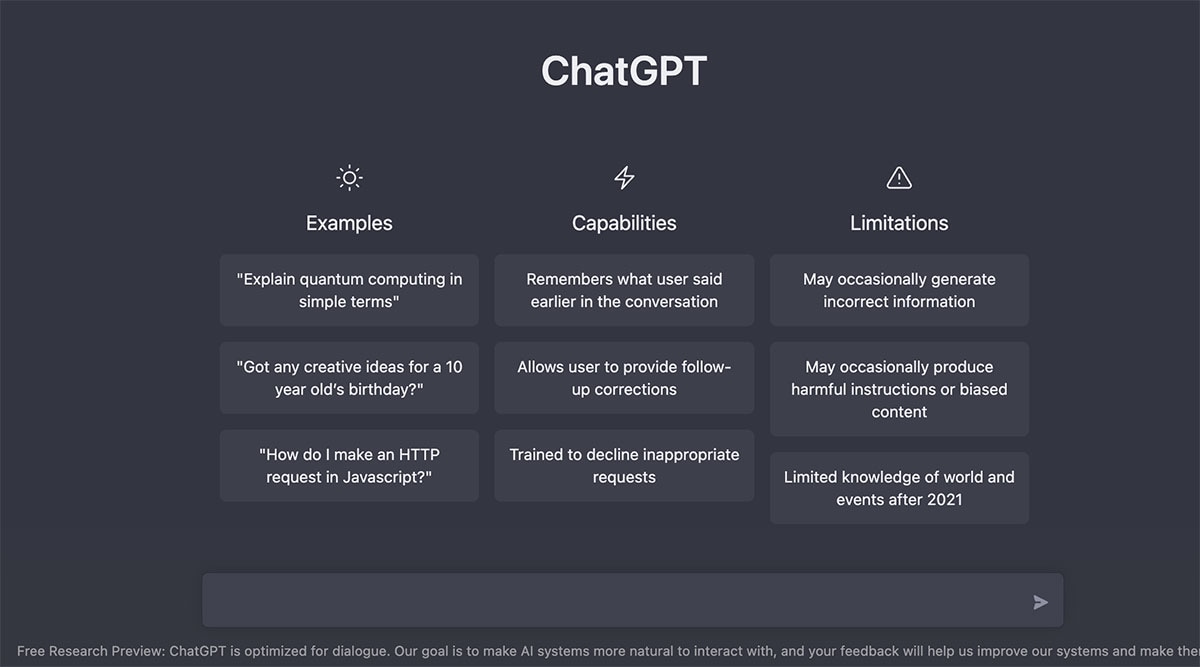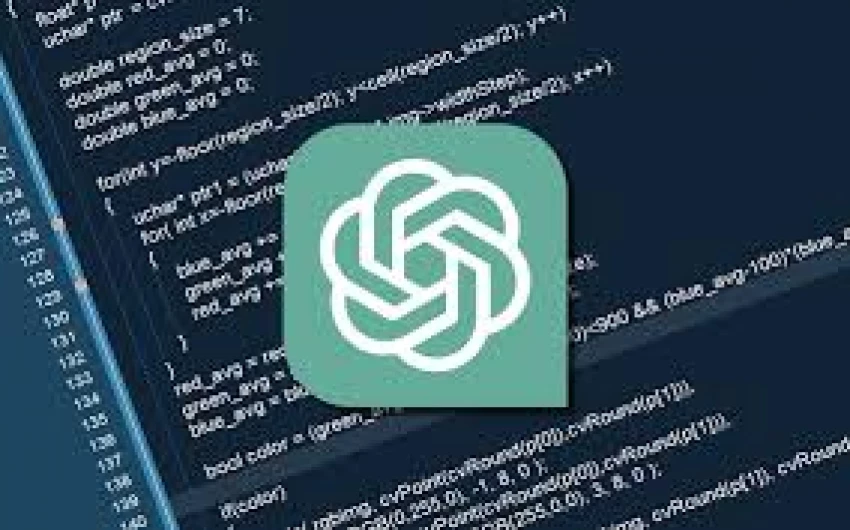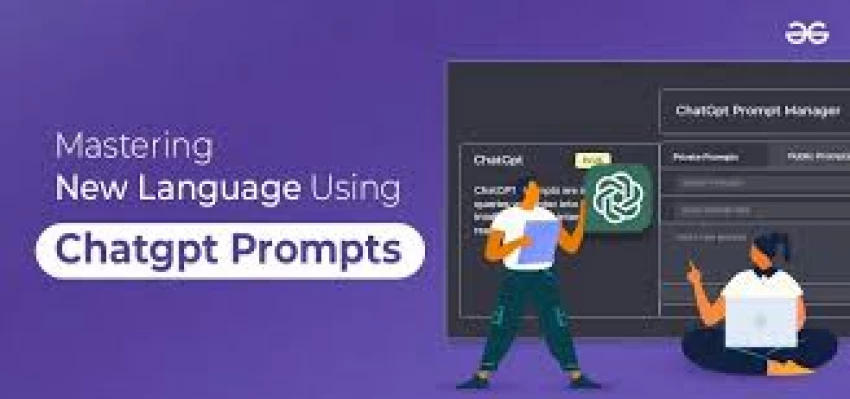

ChatGPT has quickly evolved from a clever novelty to a serious productivity partner. From content creation to customer service simulations, its capabilities now stretch across industries and use cases.
These are 10 advanced and surprisingly useful tricks that demonstrate just how versatile this AI tool can be—along with data-backed insights into why they're worth using.

ChatGPT can produce a complete, timestamped podcast script in under a minute. It's capable of matching tone, pacing, and voice for branded content or fictional interviews.
AI-generated media like this is now driving 33% higher engagement than manually produced content, according to HubSpot.

With specific parameters—such as dietary restrictions, fitness goals, and schedule availability—ChatGPT can deliver tailored workout and meal plans. It even generates macronutrient breakdowns and shopping lists.
This aligns with McKinsey's report, which states that nearly a third of consumer-facing AI tools now serve health and wellness purposes.
ChatGPT can diagnose, explain, and correct code errors across multiple programming languages. It's especially helpful for junior developers looking to understand logic errors or refactor code efficiently.
According to Stack Overflow, developer reliance on AI tools has contributed to a significant decline in forum engagement.

For those preparing for job interviews, client negotiations, or even leadership evaluations, ChatGPT can simulate real-world conversations and offer feedback. This use case mirrors LinkedIn's research showing a 41% improvement in interview performance with roleplay training.
With just a few parameters—budget, location, travel style—ChatGPT can build a complete itinerary, including transport schedules, activity suggestions, dining options, and budget tracking.
Statista reports that AI reduces travel planning time by an average of 2.4 hours per user.

Content marketers and bloggers are using ChatGPT to turn outlines into polished blog posts, complete with headers, SEO-friendly formatting, and meta descriptions.
It’s ideal for first drafts, especially when scaled content is needed quickly or under tight deadlines.
Users can describe creative visions—such as surreal tattoos or product packaging—and ChatGPT provides detailed visual descriptions, including placement suggestions and artistic styles. These prompts can be paired with image generators like Midjourney.
According to Grand View Research, the generative AI art market is projected to grow to $6.7 billion by 2026.

ChatGPT’s ability to generate emotionally intelligent content—apologies, follow-ups, re-engagement messages—is increasingly relevant for brand communications and customer service.
Gartner predicts that emotionally aware AI will drive 70% of consumer interactions by 2026.
ChatGPT is now a powerful ally for creators scripting TikToks, Reels, and YouTube Shorts. It understands platform pacing, CTA positioning, and even audience tone.
This is validated by HubSpot data indicating AI-scripted content consistently outperforms traditional scripts in short-form video marketing.
ChatGPT can simulate immersive dialogue in any language, provide real-time corrections, and adapt to regional dialects. It’s already being implemented in apps like Duolingo through GPT-4 integrations.

Whether you're an entrepreneur, engineer, creator, or manager, these use cases show that ChatGPT is no longer just a chatbot. It's a dynamic productivity engine.
Be the first to post comment!